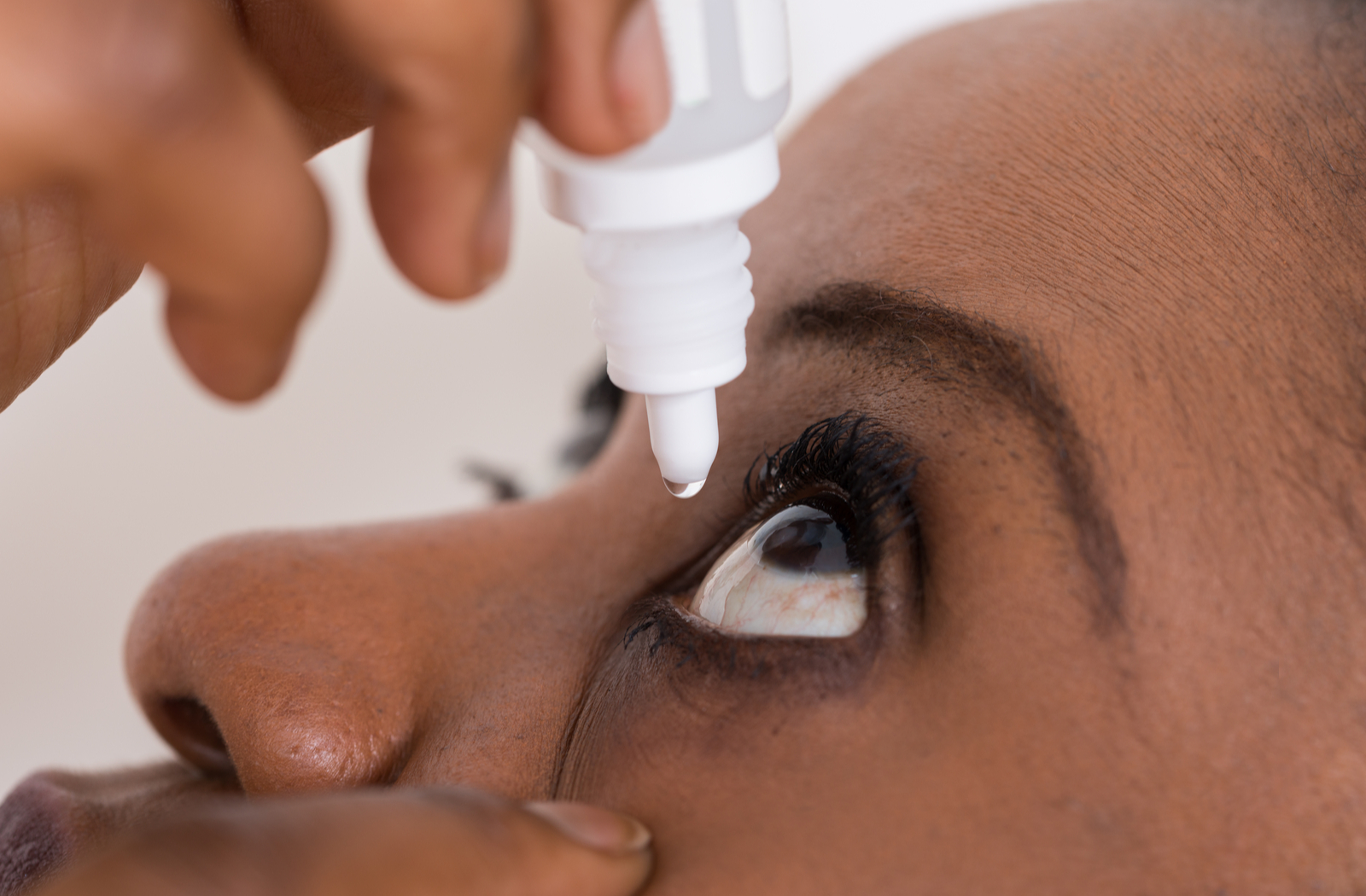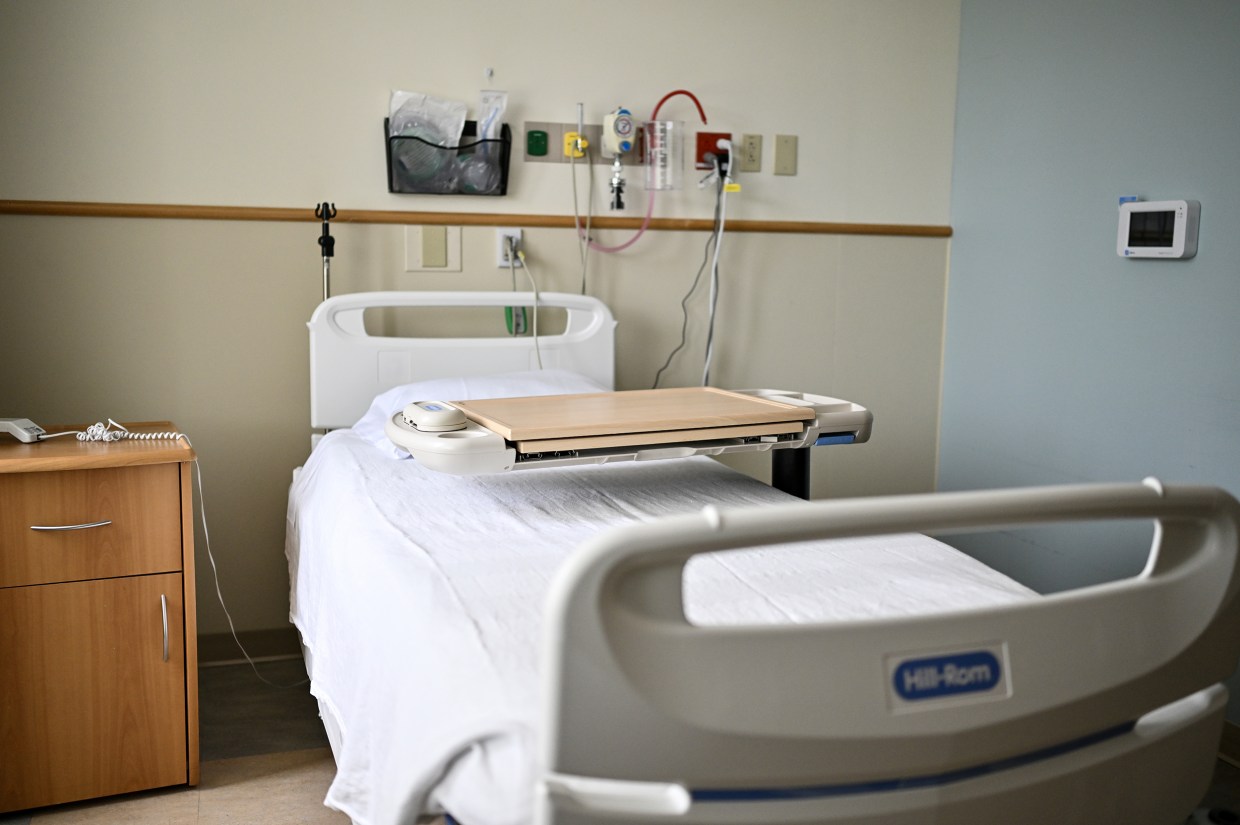An advance in eye care might bring hope for countless elderly individuals facing vision impairment, as scientists create novel eye drops aimed at addressing age-related vision decline. This progress could revolutionize the treatment of vision loss, possibly decreasing the necessity for invasive interventions and enhancing the quality of life for senior populations.
Age-related vision loss affects a significant portion of the population, with conditions such as macular degeneration, cataracts, and presbyopia becoming increasingly common as people grow older. Traditionally, treatments have involved corrective lenses, surgical interventions, or lifestyle modifications, but these solutions often address symptoms rather than the underlying causes. The development of specialized eye drops represents a potential paradigm shift, targeting the biological mechanisms behind age-related eye decline and offering a non-invasive, accessible option for long-term vision care.
How the new eye drops work
The new eye drops are designed to repair and protect retinal cells, improve ocular blood flow, and reduce oxidative stress—factors that contribute to vision deterioration over time. Researchers have focused on formulations that combine advanced antioxidants, peptides, and nutrient complexes to nourish the eye at a cellular level. By strengthening retinal function and supporting healthy eye tissue, these drops aim to slow or even reverse certain aspects of age-related vision loss.
Clinical trials have demonstrated promising results, with participants reporting improvements in visual acuity, reduced eye strain, and better low-light vision. While the treatment is still under review for wider approval, experts are optimistic that this approach could supplement or, in some cases, replace more invasive procedures. In addition, the eye drops are being tested for their potential to prevent early-stage vision decline, offering a proactive approach to maintaining eye health as people age.
Beyond the biochemical impact, the convenience of eye drops also makes them a practical option for daily use. Unlike surgical interventions or more complex therapies, these drops can be integrated easily into a routine, enhancing adherence and maximizing potential benefits. Accessibility and ease of use are crucial, especially for older adults who may face mobility or health challenges that make frequent clinical visits difficult.
Implications for aging populations
The impact of efficient, gentle treatments for vision loss due to aging is significant. Countless seniors around the globe face challenges such as reduced independence, limited mobility, and restricted daily activities as a result of worsening eyesight. Impaired vision can affect driving, reading, social engagement, as well as the general quality of life, frequently leading to isolation, depression, and other health issues. Eye drops targeting the root causes of degeneration might assist individuals in preserving their independence and staying actively involved in daily life.
Healthcare systems may also benefit from widespread adoption of such treatments. Preventing or slowing vision loss could reduce the need for surgeries, long-term care, and specialized support services, easing the burden on hospitals and clinics. Additionally, public health initiatives could incorporate these eye drops as part of preventive care programs, encouraging regular use among aging populations to maintain visual health and enhance overall well-being.
Researchers emphasize that while eye drops are a promising tool, they should be combined with lifestyle interventions for optimal results. Maintaining a balanced diet rich in eye-supportive nutrients, protecting eyes from excessive UV exposure, and engaging in regular vision check-ups are complementary measures that enhance the effectiveness of medical treatments. Holistic eye care approaches integrate biological, behavioral, and environmental factors to ensure sustained vision health.
The science behind age-related vision loss
Understanding the mechanisms of age-related vision loss is key to appreciating the potential impact of these eye drops. Conditions such as macular degeneration occur when retinal cells deteriorate, leading to central vision loss, while cataracts result from the clouding of the eye’s natural lens. Oxidative stress, inflammation, and reduced blood flow are common contributors to these conditions. By targeting these underlying processes, the eye drops aim to provide a more effective and preventative approach than traditional symptom-focused treatments.
Studies on the restoration of the retina, nutrient supply, and the chemistry of the eye have gained momentum recently, driven by progress in the fields of biotechnology and pharmacology. Researchers are finding it easier to develop mixtures that supply specific substances straight to eye tissues, enhancing both absorption and effectiveness. The blend of lab advancements, clinical testing, and patient insights is propelling a new wave of eye treatments, with minimally invasive solutions like eye drops leading the way.
Perspective on the future and accessibility
En el futuro, la potencial disponibilidad masiva de estas gotas para los ojos podría transformar los estándares de atención para la pérdida de visión relacionada con la edad. Las aprobaciones regulatorias, la capacidad de fabricación a gran escala y las estrategias de distribución serán fundamentales para determinar la rapidez con la que los pacientes podrán acceder a este tratamiento. Si se implementa con éxito, podría ofrecer una alternativa económica a las cirugías o medidas correctivas a largo plazo, haciendo que el cuidado ocular avanzado sea más equitativo y accesible a nivel mundial.
Continuing investigations aim to identify further uses, such as early prevention, improvement of night vision, and aid for people with certain retinal disorders. Customized formulations designed according to a person’s genetic and eye health characteristics may also emerge, resulting in specialized treatments that maximize benefits for each patient. These advancements highlight a general movement towards proactive, personalized healthcare focused on prevention, early action, and enhancing quality of life.
Incorporating new therapies into everyday life
For patients and caregivers, the introduction of advanced eye drops will require education on proper usage, adherence, and monitoring for potential side effects. Healthcare providers will play a crucial role in guiding patients through the integration of these treatments into their daily routines, ensuring both safety and effectiveness. In addition, public awareness campaigns may help older adults recognize the importance of early intervention and consistent eye care, fostering a culture of proactive vision maintenance.
The wider effects of these therapies go further than just physical wellness. Preserving clear eyesight aids in mental health, autonomy, and social activity, fostering holistic aging. People who experience enhanced vision can maintain their hobbies, work tasks, and social engagements, improving general life satisfaction and lessening the mental struggles frequently linked to vision deterioration due to aging.
The development of eye drops that target the root causes of vision loss represents a major advancement in medical science and preventive care. By combining scientific innovation, accessibility, and lifestyle integration, these treatments have the potential to transform how society approaches aging and eye health. As research progresses and availability increases, millions of people may find renewed hope in maintaining clear vision and enjoying the independence and quality of life that comes with it.



:strip_icc()/GettyImages-1285710682-b0236f4671d1428fa53fd5be8a37c521.jpg)

